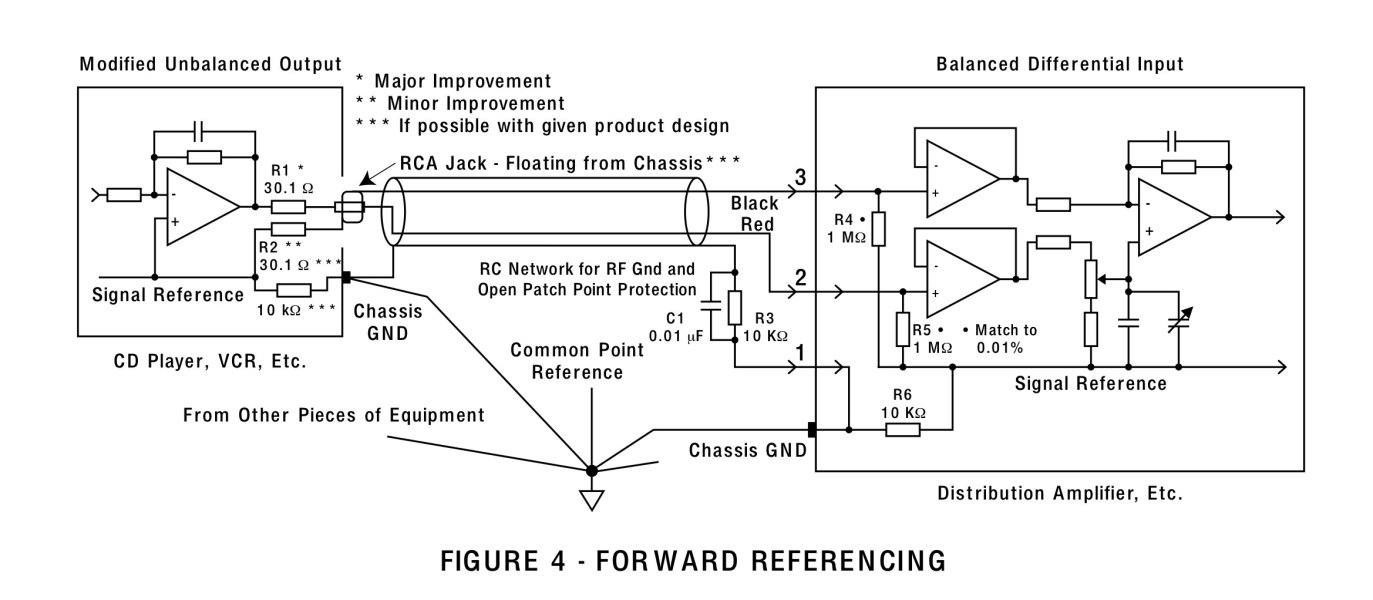I read the guide. The first few pages are the only pages that capture my attention as that is a field I am interested in. Those pages seem to be a copy of Grounding and Shielding Techniques in Instrumentation, Ralph Morrison,. I have the book and have talked about his techniques in the past.
The author was not very clear on if he was using a isolated ground duplex or not. And he was calling out a #14 or larger ground wire. NEC would say it has to be a #12 or larger. He also had nothing to talk about twisting wire which Bill Whitlock went over extensively, and it matters. I have measured many branch wires and a twisted hot and neutral with a loose ground can read 0 mV of potential between the ground and neutral out past 70 feet of branch wire at the duplex when done right. He kept talking about a star ground which you can't do in a panel. And said nothing about how you should land the wires in a panel. Outside stay on the same phase. He did not address what sort of panel you should get. There are numerous choices. And when this was written, you could select all copper panels from SqD in the NQ line. Crickets on that subject. And it matters.
Quickly he got into balanced cabling which my stereo is not. A lot of it looked like Ralph Morrison's book again. I did like how he was using a cap and resistors at the load end of a balanced interconnect to minimize the cable shield from becoming an antenna.
I would also point out, I am a big Torus fan. I tell everyone you should get one. If your running a high power stereo with many branch wires to the room, you should have a single high power Torus with a all copper distribution panel behind it. That is what the author stated also. That is what Art Kelm of Ground One has done in maybe 250 recording studio around the world. Its is a know, effective and documented technique to isolate the audio system from the rest of the world, It is by no means a brick wall. Many will want to add additional filters as needed for particular pieces of equipment. But it is a foundation piece that works extremely well. Yes I am a dealer. But I'm not really working, so I am more a unpaid advocate.
All in all if you had a balanced system and followed the guide, you would end up with a low noise stereo. Its a good guide. I can also see a little better why a external ground box may work well. They have always bothered me as they are a parallel path for parasitic noise to travel in the system. I don't really get how they work. But enough people have them and swear by them so they must work. FWIW, I have tried the basic lashing of ground studs from equipment to a star point with all sorts of gauges and wire materials. As well as bonding that the earth or not. I have never heard a thing. I only tied one very low $$$ ground device and it did nothing. I have never tried and Entreq or Shunyata. I have avoided Shunyata because a few people told me $4000 invested in it did little. You had to drop more like $17,000 or more into the ground equipment before it really became a notable improvement. If you have too much money and don't want to die with it, get a large assortment of Shunyata ground devices and cables and give it a try. I would wager in favor of it reducing noise effectively.
Edit
I forgot to add something. The author and many other places you hear people saying get the utility to change the transformer. Thats an idea. But I don't think it's as good an idea as placing a all copper NQ subpanel at the room. Then feeding a Torus from that subpanel. Then using a all copper Benjamin to feed circuits for audio around the room. You want the SqD NQ subpanel as you also want a couple circuits that are not through the isolation transformer. You don't know. You want options.







